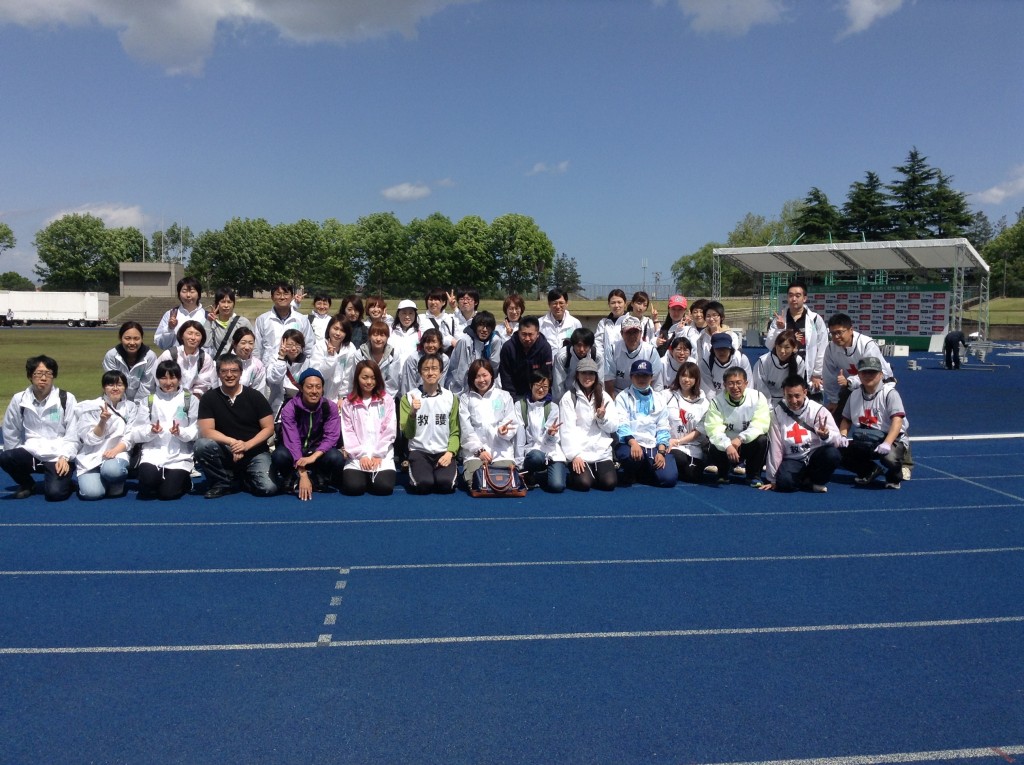Today, three doctors and seven nurses attended this seminar.
It took 2hours from 7pm to 9pm.
I provided 3 scenarios and did a tiny lecture about ARDS.
This time I had to mention about interprofessional communication skills and attitudes.
Case1
50M in general ward of surgery
CC:abdominal pain, cold sweating
Dx at admission: splenic injury, rib fracture etc
Condition: hemorrhagic shock from splenic injury → fluid resuscitation/CECT/TAE
Case2
60M in general ward of surgery
CC: dyspnea
Condition before deterioration: 2nd postoperative day of pancreatoduodenectomy for pancreatic tumor
After deterioration : acute pulmonary edema due to fluid refilling and afterload mismatch → NTG, lasix etc
Case3
50M in HCU
CC: chest pain & dyspnea
Dx at admission: severe stenosis of LMT, before CABG with heparin and nicorandil
Condition: cardiogenic shock from new onset of large MI → intubation, coronary reperfusion therapy
